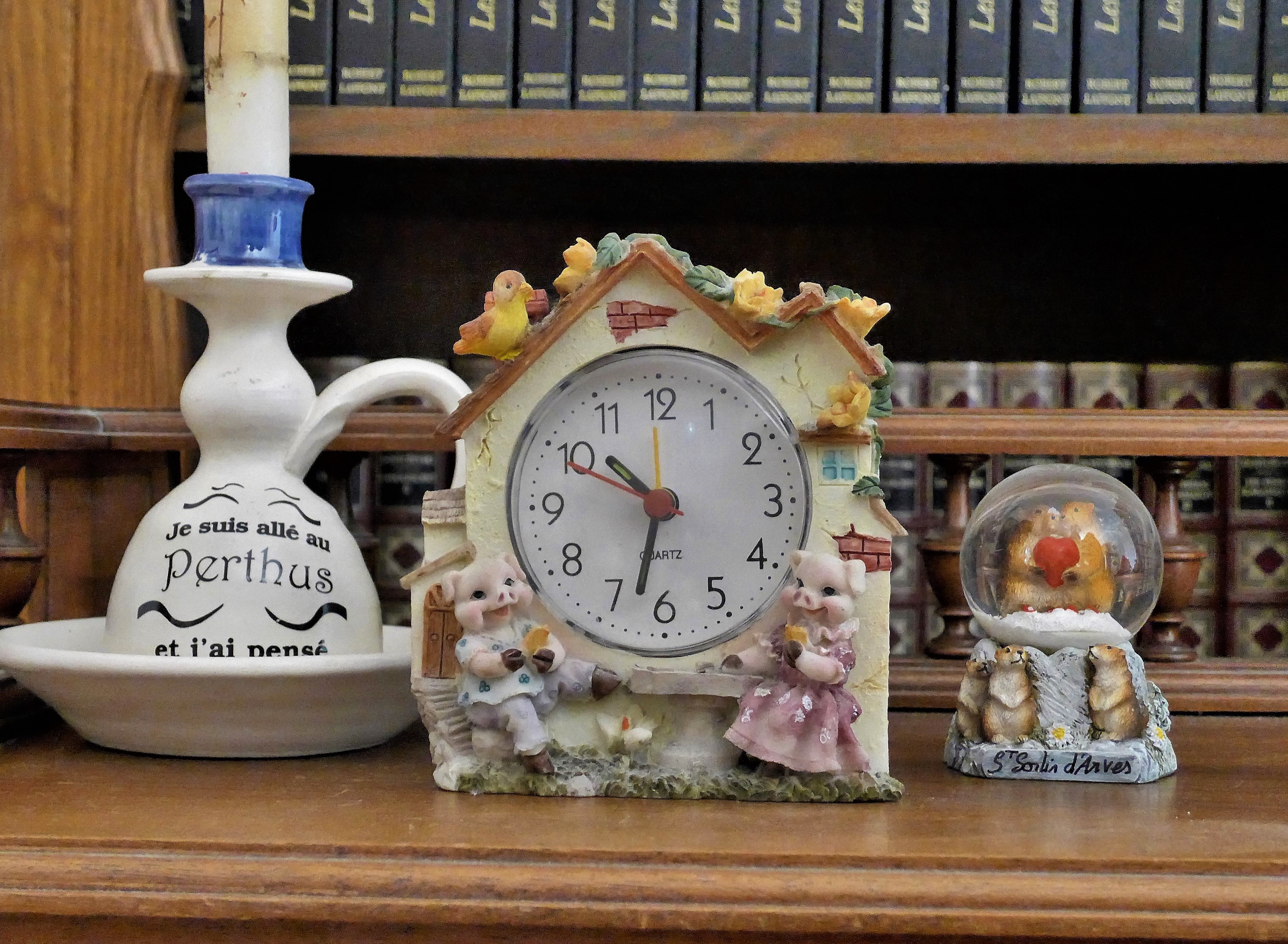financial status and art
Kitsch (/kɪtʃ/ KITCH; loanword from German)[a][1] is a term applied to art and design that is perceived as naïve imitation, gratuitous, or of banal taste.
Modernist writer Hermann Broch argues that the essence of kitsch is imitation: kitsch mimics its immediate predecessor with no regard to ethics—it aims to copy the beautiful, not the good. According to Walter Benjamin, kitsch is, unlike art, a utilitarian object lacking all critical distance between object and observer; it "offers instantaneous emotional gratification without intellectual effort, without the requirement of distance, without sublimation".
Kitsch is less about the thing observed than about the observer. According to Roger Scruton, "Kitsch is fake art, expressing fake emotions, whose purpose is to deceive the consumer into thinking he feels something deep and serious."
Tomáš Kulka, in Kitsch and Art, starts from two basic facts that kitsch "has an undeniable mass-appeal" and "considered (by the art-educated elite) bad", and then proposes three essential conditions:
Kitsch depicts a beautiful or highly emotionally charged subject;
The depicted subject is instantly and effortlessly identifiable;
Kitsch does not substantially enrich our associations related to the depicted subject.



https://fitzndlela.medium.com/kitsch-and-class-74bd9ec9e5e8
Imitation
Exaggeration
Thematic simplicity
what is NOT kitsch?
https://daily.jstor.org/in-defense-of-kitsch/
https://www.artsy.net/article/artsy-editorial-four-social-classes-art
https://azmagazine.co.uk/classism-and-the-arts-we-still-have-a-long-way-to-go/
https://www.guggenheim.org/learning-through-art/art-investigation/social-class
Fundraising gala, Art auctions, Opportunity, Resources, Depicting working classes in paintings
https://elephant.art/class-visual-arts-barriers-need-broken/
“Regional accents (which effectively means working-class accents) can be problematic, but also quite attractive. If you have one, you already know the problems it can cause, but moving into the art world will heighten this even more. Middle-class posh, and upper-class very posh, for whom privilege is the norm, populate and dominate the art world. They exude confidence, dress well and tend to be louder and more domineering in conversation. They are also able to act as if they know each other even if they have never met. A lot of the best artists are working class. You do get working-class curators with regional accents, but they tend to be in galleries attached to libraries.”
PRINTS/ PAINTINGS
FROM LEAST TO MOST EXPENSIVE
- FACTORY PRINTS
- GALLERY POSTER
- SILKSCREEN POSTER
- PAINTING
ART AND COMMERCE
THE CLOSER TO THE ORIGINAL, THE MORE EXPENSIVE
The hotel Au vieux panier asked me to design a room, I first told them that I wasn't interested doing just decoration in the room but I wanted
to create something that will look more like an installation. I thought about it also as a huge canvas where I needed to think about the composition
and play with the empty white part of the room to accentuate more the idea of Chaos on the other part. Then I asked my friend Tober who gat a great
old school style for tags, Grizz who is also the man behind the camera and Don Cho who is a Hip Hop singer from Marseille but who used to be
a tagger from my home town Toulouse. It took one week to do the whole thing cause the idea was to exaggerate what you can usually see in some
abandoned places. Too much tags, too much drips, too much sentences, too much throw ups ... What I also wanted to show is that people can appreciate
any type of graffiti, even the more basic, it's just a matter of point of view ...
TILT - PANIC ROOM
https://vimeo.com/38437356
IS GRAFFITY WORKING CLASS ART?
START OF THE RESEARCH
CONTINUATION
THESE ARE THE SCREENSHOTS OF OUR MYRO BOARD, BECAUSE WE ARE MORE FAMILIAR WITH MYRO THAN HOTGLUE. FOR ALL THE LINKS WE TOOK INSPIRATION FROM< YOU CAN CHECK MYRO BOARD:
https://miro.com/app/board/uXjVOyLeFfw=/